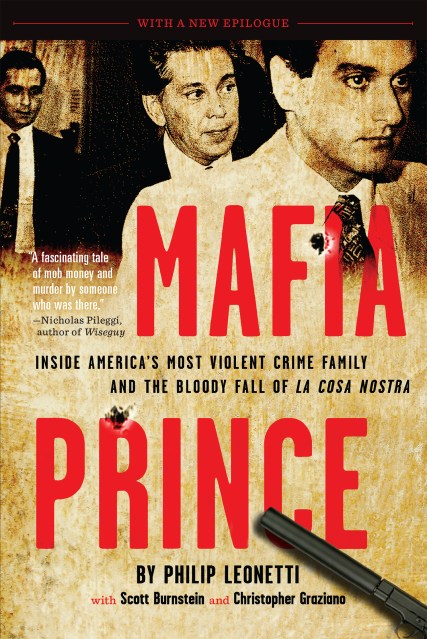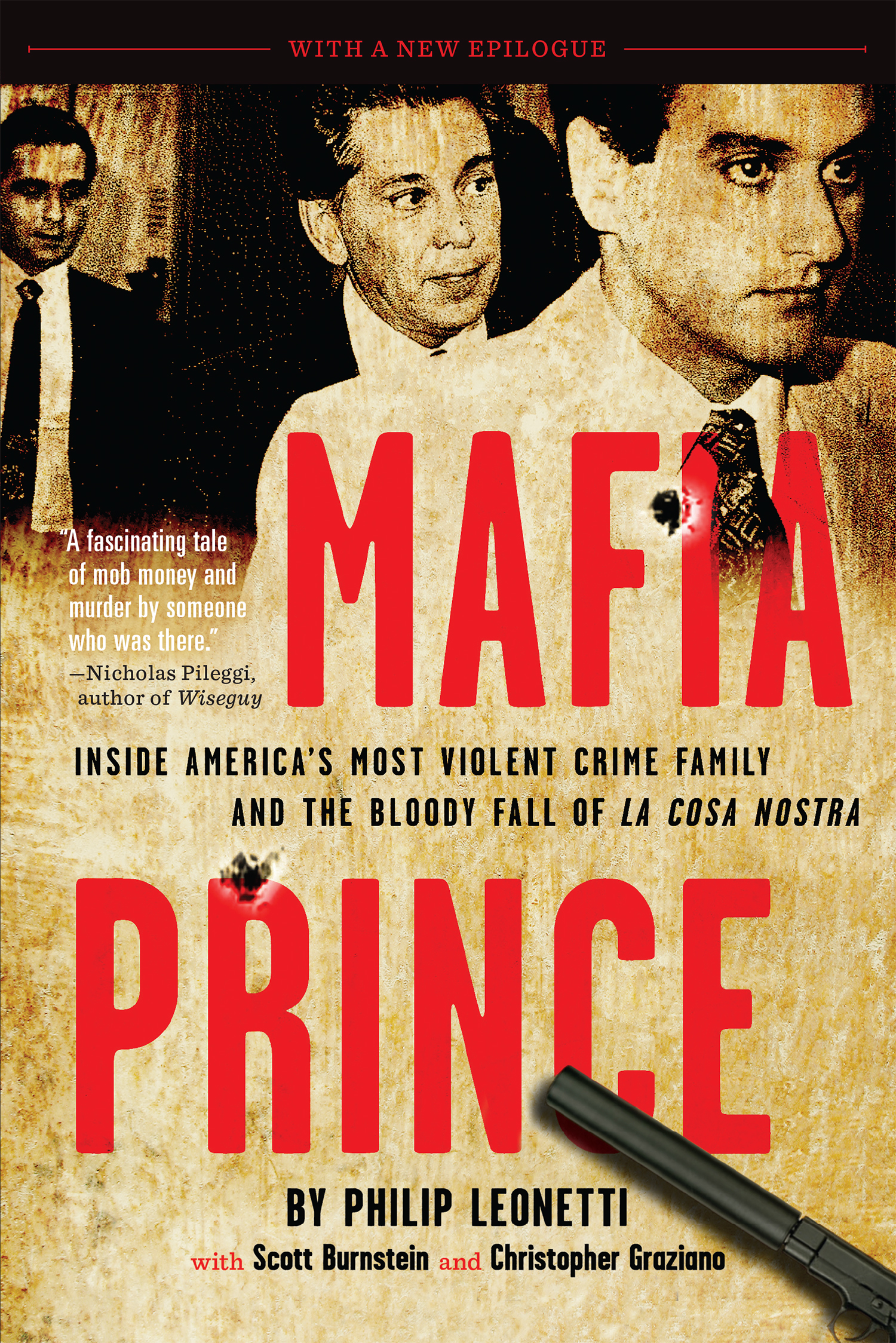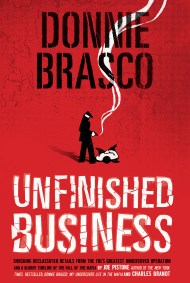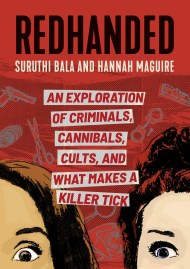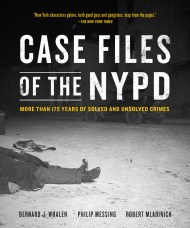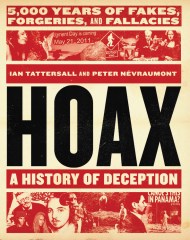Promotion
Use code MOM24 for 20% off site wide + free shipping over $45
Mafia Prince
Inside America's Most Violent Crime Family and the Bloody Fall of La Cosa Nostra
Contributors
With Scott Burnstein
With Christopher Graziano
Formats and Prices
Price
$9.99Price
$12.99 CADFormat
Format:
- ebook $9.99 $12.99 CAD
- Trade Paperback $16.00 $19.99 CAD
This item is a preorder. Your payment method will be charged immediately, and the product is expected to ship on or around April 29, 2014. This date is subject to change due to shipping delays beyond our control.
Also available from:
Mafia Prince is the first person account of one of the most brutal eras in Mafia history — “Little Nicky” Scarfo’s reign as boss of the Philadelphia family in the 1980s — written by Scarfo’s underboss and nephew, “Crazy Phil” Leonetti.
The youngest-ever underboss at the age of 33, Leonetti was at the crux of the violent breakup of the traditional American Mafia in the 1980s when he infiltrated Atlantic City after gambling was legalized, and later turned state’s evidence against his own. His testimony led directly to the convictions of dozens of high-ranking men including John Gotti, Vincent Gigante, and the downfall of his own uncle, Nick Scarfo — sparking the beginning of the end of La Cosa Nostra (the insiders’ term for the Mafia, translated as “This Thing of Ours”).
Genre:
- On Sale
- Apr 29, 2014
- Page Count
- 336 pages
- Publisher
- Running Press
- ISBN-13
- 9780762456000
Newsletter Signup
By clicking ‘Sign Up,’ I acknowledge that I have read and agree to Hachette Book Group’s Privacy Policy and Terms of Use
